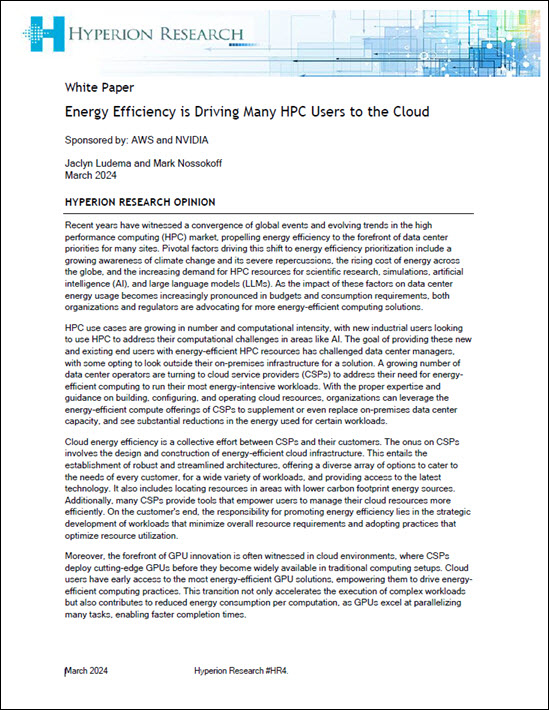As mentioned previously, the greatest hurdle to FPGA adoption is the developer’s perception of usability. Usually a computer engineer must design the hardware via a description language such as Verilog or VHDL. This process involves defining the transfer of data between registers, which is a distinct departure in the practices most software engineers use. A newer approach is to model the behaviour of the entire system via SystemC, which permits a higher level of abstraction. The C-based approach may make FPGAs more accessible by users.
An Oxford spinout known as Celoxica has a design suite called DK, which permits the user to write software in Handle-C. This language is a subset of C with extensions to describe parallelism. DK can generate VHDL or Verilog from the user’s Handle-C code, thereby making FPGAs just as useable as CPUs. These kinds of tools may come to be essential for further FPGA adoption.



